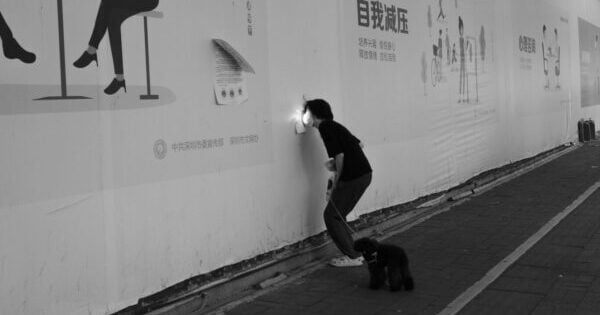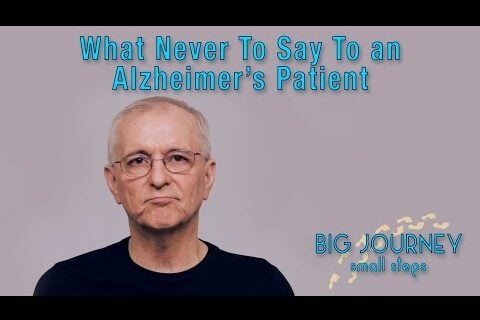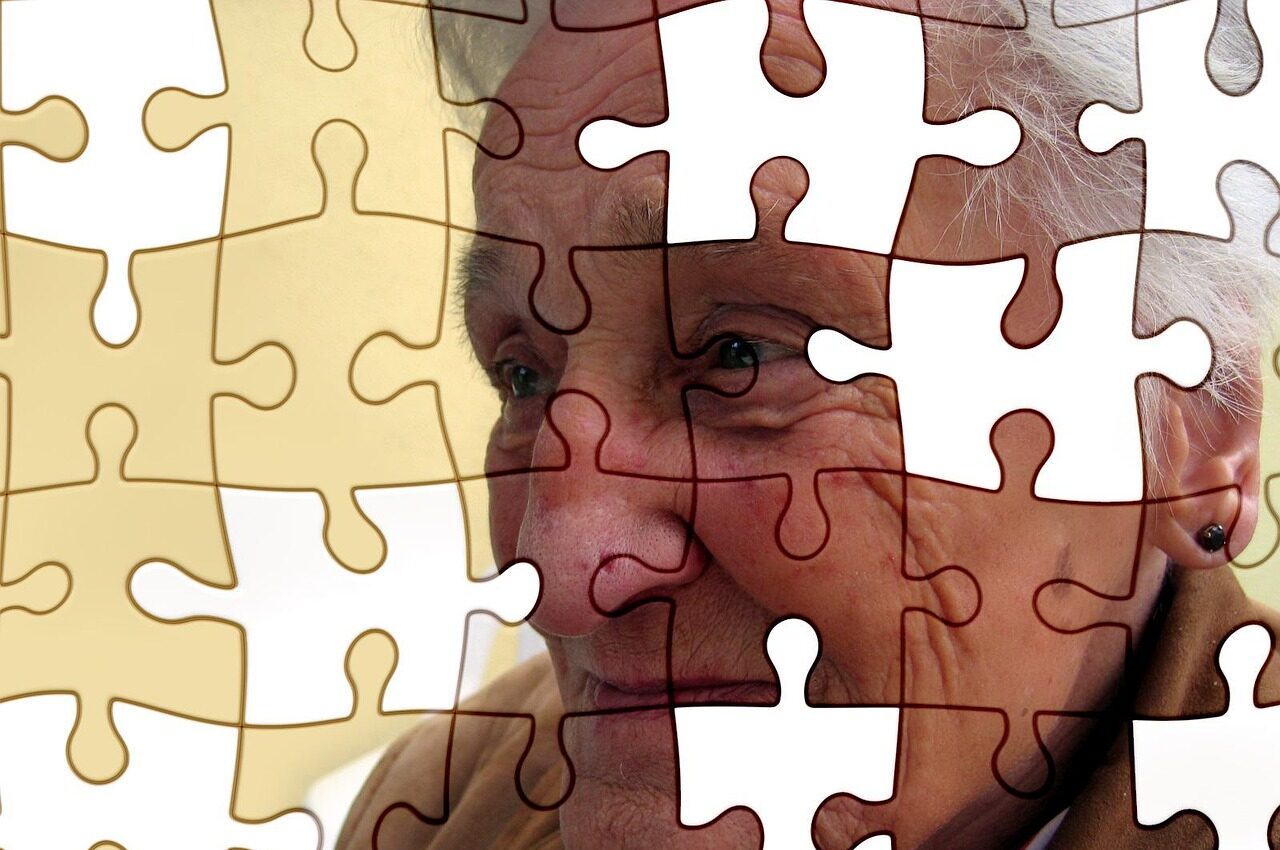

Sapira Cahana is a New York-based mental health counsellor (MHC-LP) and interfaith chaplain-in-training specializing in existential and relational therapy. Scott Douglas Jacobsen and Cahana explore the concept of the humdrum as a relational, existential experience shaped by routine, alienation, and time. They reflect on how sacredness and mundanity often switch places through ritual, perception, and the presence of the sacred. Drawing on the work of Alan Watts, Bob Black, and Glenn Gould, they explore the roles of awe, curiosity, and spontaneity in therapy and daily life. Cahana emphasizes that therapy is not about fixing but co-experiencing meaning. The humdrum, they argue, is not meaningless—it is a lens through which we interpret life and, potentially, a path toward renewal and depth.
Scott Douglas Jacobsen: Welcome back to the caller segment from a few months ago—the one with those existential reflections. Existential exchanges with a psychotherapist. Simple stuff like that. So, when you think of “humdrum,” what comes to mind while you’re driving?
Cahana: Yes, I think of the lull of traffic, the endless cycle of laundry and dishes—without fully engaging with the experience of those moments. Not tuning into the laundry as a potential meditative state. With the humdrum, I tell myself, “I’m going to stay alive. I’ll get through it. I’ll probably even do well.” That’s all we need.
Jacobsen: But regarding the humdrum, I recall a short talk or audio lecture by Alan Watts. He discussed how even something as routine as washing dishes by hand can be transformed into a musical, almost theatrical experience. He described turning the “whoosh” of water and the movement of your hands into something like a dance. That changes the whole dynamic of what is usually a tedious task.
So, in your work—your extensive conversations with people in intimate, professional settings—how do you distinguish between when someone experiences something as humdrum versus when another might find presence or even meaning in the same activity? It’s not inherently humdrum.
Cahana: Even with something like small talk, some people define their personalities around avoiding it. They’ll say, “I hate talking about the weather,” or “Don’t ask me those surface-level questions.” And it’s because they feel a kind of inertia—like the conversation is coated in dust. That dust needs to be brushed away to get to something more meaningful.
And that’s how therapeutic dialogue can work, too. Being a therapist, spiritual guide, or philosopher doesn’t exempt you from the humdrum. Engaging in sacred or meaningful work doesn’t prevent you from feeling the weight of the mundane. And the mundane isn’t absent of the sacred. It’s often about how we relate to repetition, our awareness of time passing, and the way routine can make life feel monochrome—that’s what creates the sense of humdrum.
Jacobsen: Do people ever turn the sacred into the humdrum?
Cahana: Yes. Absolutely. People can turn anything into a humdrum. The humdrum is a relationship between time and effort. It’s about labour—not just occupational work, but emotional and mental exertion—and our awareness of mortality as we engage in tasks that feel meaningless.
Like sitting in a three-hour meeting that’s purely procedural, there’s no real exchange. People are being lectured at, not spoken with. You’re nodding—and it’s true. Like, it’s suffocating—and we feel the suffocation. We feel held hostage, and that’s the humdrum.
It’s the sense of being held hostage by time—not seeing the symphony but just feeling the isolated practice of each instrument. Then the squeaky violin—because you can’t quite get it right. There’s this perfectionism in every moment.
In our world—especially in the psychotherapeutic world, and honestly, in much of modern life—we talk so much about wellness. But we’ve transactionalized experience. We say things like: It’s essential to read books, drink eight glasses of water, get a thousand hours of sleep, and also put in a thousand hours of work.
Even the tasks that are supposed to produce wellness end up producing anxiety. People come to me and say, “I don’t know what’s wrong. I go to the gym. I have the car, the wife, the son. I went to an Ivy League school. Shouldn’t I be impervious to this experience of the humdrum?
Why, then, am I still caught in this rhythm?”
And it’s in feeling your crescendo that the ascent can bring the downfall—right? Back to Sisyphus. There’s an author, Bob Black, an anarchist thinker who is incredibly creative in his critique of work culture. He wrote a provocative manifesto titled The Abolition of Work.
In it, he argues not against all forms of doing but against the ideology of work as drudgery. He advocates for reclaiming time, returning to first principles, and entering into play. Not avoiding interaction, but finding rhythm again—your rhythm, the rhythm of the world—and discovering where the two meet. It’s about entering into play, not building an ethic around toil, but cultivating awe. That’s the antidote to the humdrum.
Jacobsen: It’s almost like a piece or a sense of time’s pace changes as we grow. Does that idea work?
Cahana: The pace of time? Yes, absolutely. But very few people complain about the fractal patterns of flowers or the beauty of a rainbow—the interaction between rain and sunlight that produces it.
We’re not afraid of time when it unfolds across natural surfaces. We marvel at it. But it’s in our own perceived unremarkableness—in the lack of surprise in each moment—especially in this world of instant gratification, where surprise is the rarest commodity, that we feel the abyss of time.
And so we’re lost. We’re alienated from ourselves, from our work, from our sense of being. Our cities become masks. They’re where we congregate, but so much of that congregation happens in windowless cubicles—or slightly larger rectangles. So much of our time is cloaked from us.
And we give it away in exchange for security, for prestige, for the promise that we’ll be invulnerable. But that transaction erodes our sense of wonder. And then we ask ourselves: “Why am I in existential ache? Why do I yearn for another life? Why do I often wish to disappear?”
These are the questions many of my clients bring to me. They look to me as their psychotherapist and say, “Be my guide. You tell me. Tell me the answer. Tell me the eight glasses of water I should drink, and then I’ll be fixed—because it’s hard to endure the pace of time.”
It’s not that we’re afraid of stillness, right? Like I said before. We love it when roots extend to the entire global network. We love it. We love fungi—mycelial networks—they’re essentially large neural structures that mimic aspects of our brain architecture. We seek both rapture and rupture within the humdrum of life—hoping to be saved and also, sometimes, to explode or implode.
Jacobsen: So, what’s the process when someone makes something sacred?
Cahana: I’m going to say something strange: Sacred humdrum is a kind of Babel. It’s another temple. Another shrine. A space that people feel is impervious to corruption. However, we know from history that it’s just another construct.
Just like any kingdom, any chieftaincy—even the British Empire, which once believed it would never fall as long as the sun shone on its colonies. And yet, it fell. There’s hubris in believing that institutions are untouched by time, culture, or the embedded social dynamics that shape them.
That’s the fallacy: to assume the sacred is fixed and permanent. The sacred becomes profane regularly. The profane becomes sacred regularly—through ritual, consecration, devotion, and, yes, through toil.
We contend with the majesty of it all—the blade of grass, the lived moment, the cultural memory, the mystery of being. With all that is, all that was, and all that might yet be. There’s inertia everywhere. But there’s transformation, too.
Jacobsen: I’m getting a sense from you that the distinction between the sacred and the humdrum isn’t about one being meaningful and the other meaningless. It’s more like they’re each their categories of meaning. Is that right? The humdrum has meaning. The sacred has meaning. They can switch places—but they’re different flavours, like choosing a different syrup in your coffee.
Cahana: You’re pulling from different emotional palettes—like placing different orders at Starbucks. The humdrum is its own experiential hermeneutic—a way of interpreting and living through experience. Just as elation, awe, or ecstasy are different experiential lenses. But if you live inside ecstasy for too long, and you start making decisions from that place, we call it mania. That’s the clinical term for it.
Likewise, when the humdrum stretches too long, it can transmute. It can evolve into hopelessness. It can slide into depressive states, into clinical or quasi-clinical conditions—depending on the framework or diagnostic model.
But whatever language we use, the experience points to something real: the ache of time. You cannot explain away the ache of time in three sentences. You cannot resolve it in two therapy sessions. It must be felt. It must be given room.
It’s an inner clarion call—a cry toward meaning. But also a cry toward texture. Not to flatten life into sameness but to return to curiosity—to see the distinctions again. To avoid the numbing effects of patterned repetition.
Because a coffee on day one is not the same as a coffee on day two or day three. Even though we perform the same ritual each morning, the experience is subtly different. People might say, “I just need my coffee in the morning,” but really, it’s a consecrated time—a ritual people love.
So we can move away from monotony. We can offer presence to time. When you spoke about the sacred becoming profane, I thought about desacralization. In therapy, many techniques originate from sacred traditions—such as meditation.
Even something as simple as taking a deep breath. Let’s do some square breathing. And it’s true—it regulates the parasympathetic nervous system, and that’s wonderful. But we don’t live to regulate our parasympathetic nervous system. That’s not where existential questions come from.
It helps to be regulated—to enter the river of life, regulation helps—but breathing alone does not mute the drone of existence. Meditation and contemplation—are sacred technologies. That’s where they come from.
Jacobsen: And you were talking earlier about hermeneutics and lenses. People can play one lens off another. Our first session focused on comedy, and comedy often involves taking a unique perspective on life—drawing something new from that angle. Whether through absurdism or contrast.
I think of George Carlin, who noted that, in every joke, at least one thing has to be wildly out of proportion for it to work—for it to land in the category of a joke.
So, can a therapeutic approach involve integrating a sacred lens onto something humdrum—giving someone a new frame or sense of their experience? Is that how we change a destructive pattern? Or attempt to?
Cahana: That framing of psychotherapy—that we’re aiming to “change” a pattern—is not my style. I’m not looking for outcomes in that way. I’m trying to re-experience something relationally with the client.
That lens—of targeting results—already lends itself to the humdrum. It tends toward a rote or mechanical approach. But my style is spontaneous. It works through interactive power, through the immediacy of presence. So, that in itself shifts the dynamic. It demands presence. It requires a kind of suppleness, a willingness to flow with the other.
Even suppleness, as I’ve said before, can become rote. It can harden into a form—into technique because relational dynamics can be studied. They can be patterned. But the key, especially from an existential approach, is to keep surprise alive. To keep wonder active. To treat the therapeutic space itself as a sacred space.
When a client brings in an exhaustive list of monotonous experiences, my role is to be there with them—in the grass, in the dirt, wherever they find themselves. If their landscape is a concrete jungle, then we’re there. If it’s a jungle in the Amazon, then we’re there too.
Even if I don’t know the experience myself—we build it together. Relational co-creation helps alleviate monotony. It helps the person re-experience what they’ve flattened out. It can awaken the slumber. Possibly. When it goes well.
Jacobsen: We evolve with certain tendencies—patterns of thought, feeling, drives, and motivations. What seems like the psychological underpinning of our tendency to form static reasoning around the humdrum? A lot of our time is spent there—stuck in it.
Cahana: There are two things. First, there’s a kind of evolutionary call—an inner scream that the humdrum can provoke. It’s like a silence before the scream. Second, we must acknowledge the embeddedness of our modern world—a world often organized around alienation: from the self, from the community, from belonging, and from deeper sources of meaning and power.
Because of that, many of our experiences of the humdrum are artificially produced. They’re not just innate responses—they’re shaped by systems and structures that keep us disconnected from one another. That said, humans do have the capacity to experience this humdrum profoundly. It’s universal and as ancient as consciousness itself—if not more so.
But the collision course we’re on—the tension between the modern world’s alienating systems and our internal compass for how we want to use our time, how we want to experience meaning, how we want to live a good life—that’s where the crisis emerges.
There’s a fundamental conflict between the humdrum and the good life. This conflict shows up often in existential thought, existential therapy, and existential experiences of dread and anxiety. It’s a core dialectic.
Jacobsen: Thank you so much for your time today. I hope you have a safe drive home and enjoy all the little moments in between.
Cahana: Nice. Thanks so much. I love our encounters. This is fun—I enjoy it.
Jacobsen: Interviews… I don’t even know what to call them anymore. I’ve done so many for so long. They happen, and then they’re happening again—encounters. Glenn Gould was interviewed once by someone who wasn’t exactly reading the room. And Gould, at one point, responded kind of dryly—it was a joke—but also serious. The interviewer was trying to define what this whole thing was. Gould said, “If you want it in one word—yes, it’s a happening” – referencing concerts. So, in one word: Encounter as exchanges.
—
Scott Douglas Jacobsen is the publisher of In-Sight Publishing (ISBN: 978-1-0692343) and Editor-in-Chief of In-Sight: Interviews (ISSN: 2369-6885). He writes for The Good Men Project, International Policy Digest (ISSN: 2332–9416), The Humanist (Print: ISSN 0018-7399; Online: ISSN 2163-3576), Basic Income Earth Network (UK Registered Charity 1177066), A Further Inquiry, and other media. He is a member in good standing of numerous media organizations.
***
If you believe in the work we are doing here at The Good Men Project and want a deeper connection with our community, please join us as a Premium Member today.
Premium Members get to view The Good Men Project with NO ADS. Need more info? A complete list of benefits is here.
—
Disclaimer: This story is auto-aggregated by a computer program and has not been created or edited by healthlydays.
Publisher: Source link












